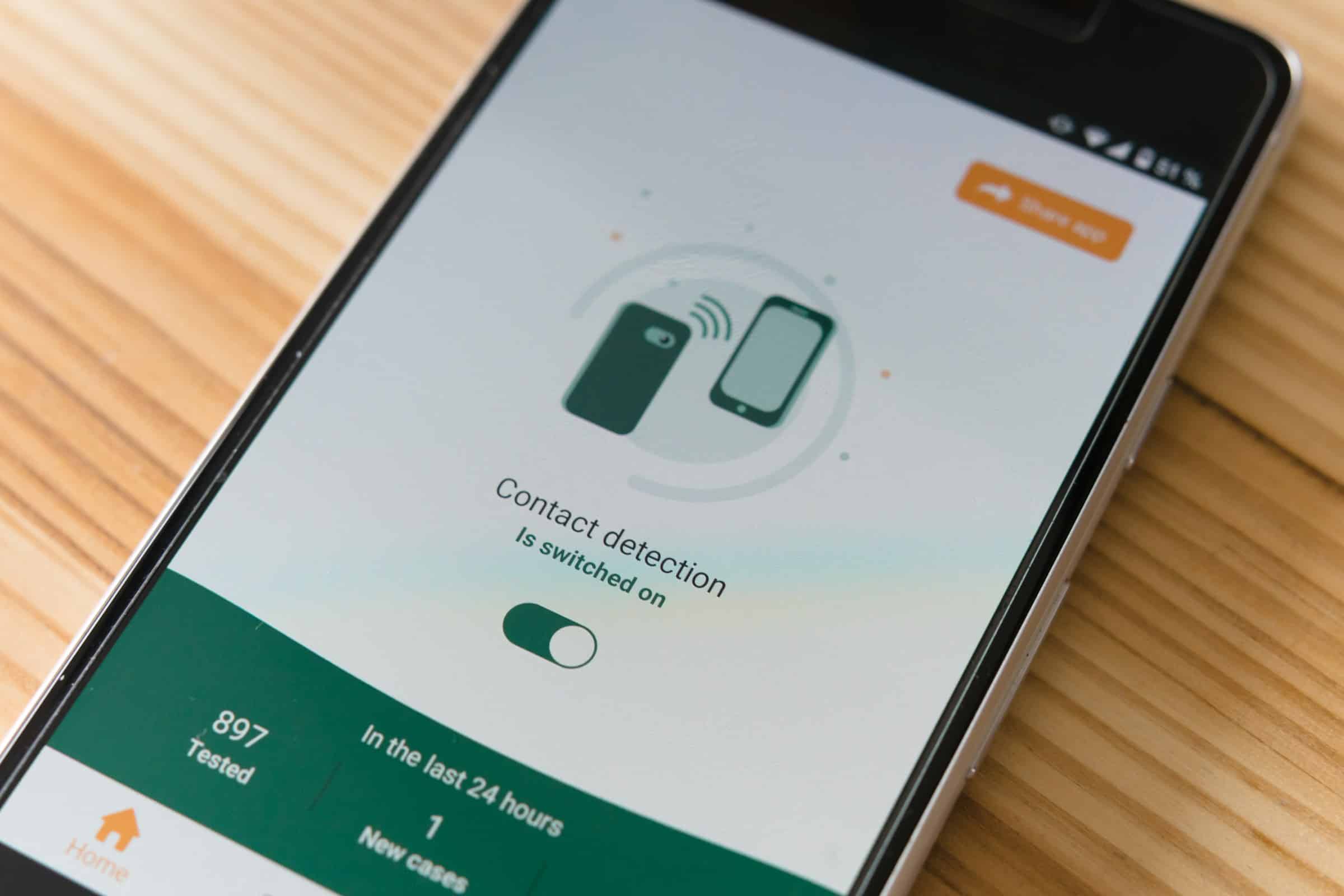With the rise of digital technology, the way you manage your finances has been revolutionized. The arrival of digital wallets, which allow you to store payment card information on your mobile devices, has made purchasing more convenient than ever before. This article will guide you on how to use your smartphone as a secure digital wallet for contactless payments. We will take you through the steps of setting up your digital wallet, linking it with your bank cards, and making payments. We will also address the security aspects of digital wallets, ensuring that your transactions are safe and secure.
Digital Wallets: The Basics
Digital wallets, also known as e-wallets, are apps that store your credit or debit card details, enabling you to make payments directly from your phone. Through technologies like Near Field Communication (NFC) and Magnetic Secure Transmission (MST), digital wallets allow you to simply tap your phone on a contactless payment terminal to complete a transaction.
A lire aussi : How Can You Use Your Smartphone to Control a Smart Home Pet Monitoring System?
Major tech companies like Apple, Google, and Samsung have developed their own digital wallet apps: Apple Pay, Google Pay, and Samsung Pay, respectively. These apps are typically pre-installed on their devices, but can also be downloaded from app stores.
Setting Up Your Digital Wallet
Setting up your digital wallet is a simple process that can be done in a matter of minutes. For this guide, we’ll focus on the three most common digital wallet apps: Apple Pay, Google Pay, and Samsung Pay.
Lire également : How to Set Up and Manage a Smart Home Alarm System Using Your Smartphone?
Apple Pay
To set up Apple Pay, go to the Wallet app on your iPhone. Tap the “+” icon, then follow the on-screen instructions to add a card. You may be asked to verify your card with your bank, which can usually be done via a text message or phone call.
Google Pay
For Google Pay, open the Google Pay app on your Android phone. Tap “Payment” at the bottom of the screen, then tap “+ Payment method”. Follow the instructions to add a card. Verification with your bank may also be required.
Samsung Pay
With Samsung Pay, open the app on your Samsung phone. Tap “Menu” in the top-left corner, then tap “Cards”. Tap “Add cards”, then follow the prompts to add a card. Like the others, card verification may be necessary.
Making Payments with Your Digital Wallet
Now that your digital wallet is set up and linked with your cards, you can start making contactless payments. To do this, unlock your phone and hold it near the contactless payment terminal. The payment should be processed automatically. Note that in some cases, you may be asked to confirm the transaction on your phone before it’s completed.
With the rise of contactless payments, more businesses are offering support for digital wallet transactions. Look for symbols indicating contactless payments or specific logos for Apple Pay, Google Pay, or Samsung Pay at the checkout.
Ensuring the Security of Your Digital Wallet
Security is paramount when it comes to digital payments. Rest assured, digital wallets are designed with multiple layers of security.
Firstly, digital wallets use tokenization to secure your card information. This means that instead of transmitting your actual card details during a transaction, a unique digital token is sent. This token is useless if intercepted, as it doesn’t contain any of your actual card details.
Secondly, digital wallet apps require authentication before a payment can be made. This could be a passcode, fingerprint, or face recognition, depending on your phone’s capabilities.
Finally, if you lose your phone, you can remotely lock or erase your digital wallet app. This means that even if someone gets hold of your phone, they won’t be able to access your digital wallet.
The Role of Banks in Digital Wallet Transactions
It’s noteworthy to mention the role of banks in digital wallet transactions. When you link your card to a digital wallet, it’s your bank that verifies the card and authorises the digital wallet provider to tokenise the card information.
Banks also play a crucial role in the security of digital wallet transactions. They monitor for fraudulent activity and can block transactions that seem suspicious. Additionally, most banks offer zero liability for unauthorised transactions, providing an extra layer of protection for your digital wallet.
With these steps and insights, you are now equipped to use your smartphone as a secure digital wallet. The world of contactless payments is at your fingertips, offering you a seamless and secure way to manage your finances.
Dealing with Possible Issues in Using a Digital Wallet
Sometimes, you may encounter certain issues while using your digital wallet. However, most of these issues can be resolved easily.
One common issue is the failure of a transaction. This can be due to several reasons such as insufficient balance, poor connectivity, or a malfunctioning payment terminal. If you face this issue, the first step is to check your connectivity and balance. If both are fine, you can try restarting your phone. If the issue persists, contact your bank or the customer support of your digital wallet app.
Another common issue is your digital wallet app not recognizing your card. In this case, make sure that the card is supported by the app. Certain older cards may not be supported. If the card is indeed supported and yet not being recognized, re-adding the card can often solve the problem. If the problem persists, contacting your bank or the app’s customer support would be the right step.
Remember, if you ever suspect a fraudulent transaction, contact your bank immediately. They can help you dispute the transaction and secure your account.
The advent of digital wallets marks a significant step towards a cashless future. With apps like Apple Pay, Google Pay, and Samsung Pay, your smartphone has become more than just a communication device; it’s now a secure, convenient digital wallet.
Not only are digital wallets quick and simple to set up, but they also offer a level of convenience that traditional payment methods cannot match. By simply tapping your phone, you can pay for goods and services without needing to carry around physical credit cards or cash. Moreover, the security measures in place for digital wallets, like tokenization and authentication, make them a secure choice for managing your finances.
However, as with any technology, users may face occasional issues. These are usually easily resolved, and help is always available from your bank or the app’s customer support.
In conclusion, the use of a digital wallet on your smartphone makes contactless payments an easy and secure process. The combination of convenience, speed, and security that digital wallets offer marks a significant advancement in the way we handle our finances. Embrace this technology and step into the future of financial transactions.






